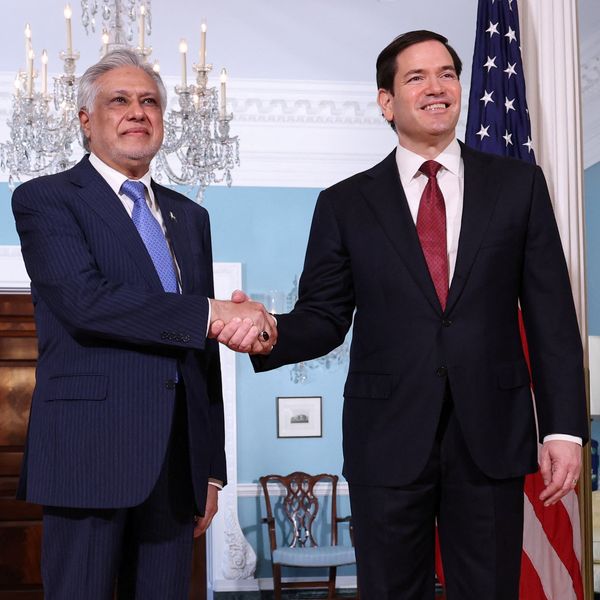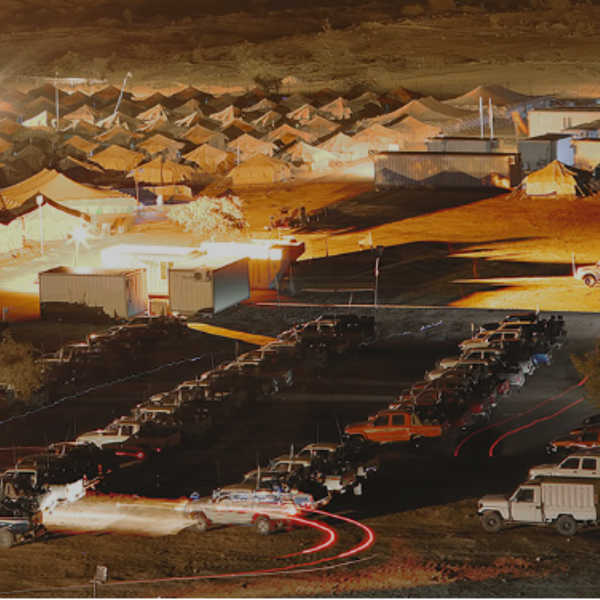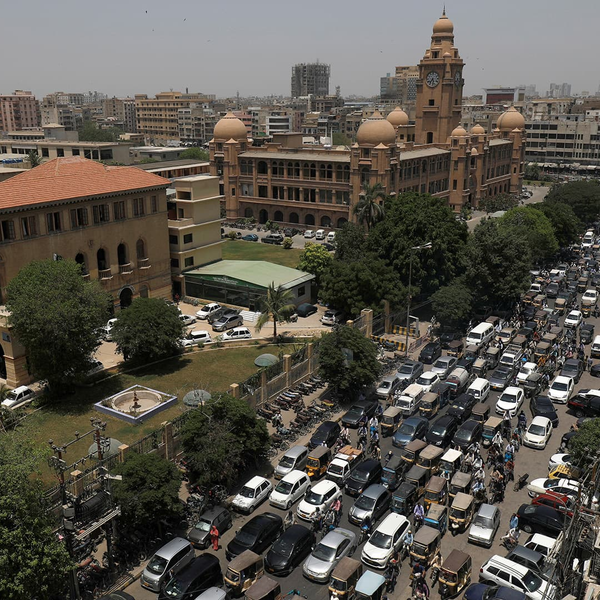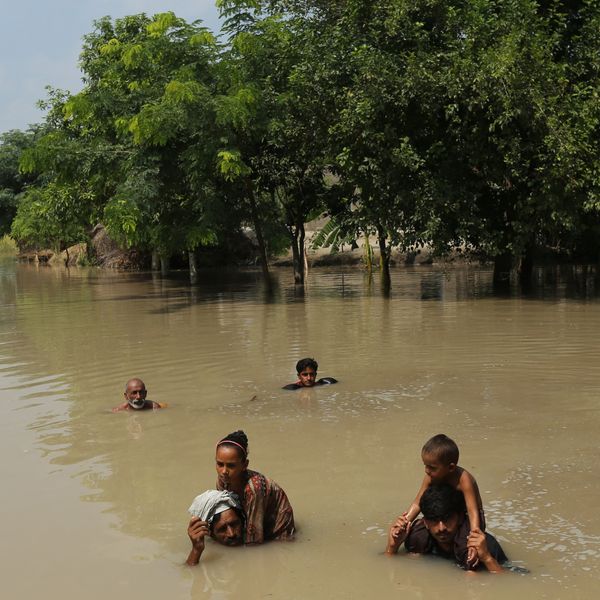How US-India decisions may affect Pakistani textiles and global oil market
India now faces a dilemma: maintain economic ties with Moscow or risk damaging its lucrative exports to the US

Haris Zamir
Business Editor
Experience of almost 33 years where started the journey of financial journalism from Business Recorder in 1992. From 2006 onwards attached with Television Media worked at Sun Tv, Dawn Tv, Geo Tv and Dunya Tv. During the period also worked as a stringer for Bloomberg for seven years and Dow Jones for five years. Also wrote articles for several highly acclaimed periodicals like the Newsline, Pakistan Gulf Economist and Money Matters (The News publications)

Reuters
The United States is intensifying economic pressure on countries importing oil from Russia, signaling a shift in the Russia-Ukraine conflict from military confrontation to economic warfare. As part of this move, Washington is preparing to impose an additional 25% import tax on goods from India unless diplomatic negotiations are held before August 27, officials familiar with the matter said.
The tariff threat comes as the U.S. seeks to curb financial flows to Moscow amid its ongoing invasion of Ukraine. While reciprocal tariffs are not new in the geopolitical playbook, this marks a more targeted approach by the U.S., linking trade policy directly to energy purchases from sanctioned states.
India, a key buyer of discounted Russian crude since the start of the war, now faces a dilemma: maintain economic ties with Moscow or risk damaging its lucrative exports to the U.S., particularly textiles. India exported approximately $10 billion worth of textiles to the U.S. in 2024, accounting for 11% of total American textile imports, according to trade data.
Analysts say the looming tariffs present a significant opportunity for Pakistan’s textile sector.
“With India potentially sidelined by U.S. tariffs, Pakistan’s exporters stand to gain market share in a $10 billion segment,” said Sameer Ahmed, a Karachi-based trade analyst. “This could raise Pakistan’s textile exports to the U.S. beyond the current $4.5 to $5.0 billion range, especially in the short term.”
Textile firms such as FML, ILP, MSOT, SFL, KTML and NML—major players in Pakistan’s composite textile sector—are expected to benefit if U.S. buyers shift orders away from India. These companies currently derive 72%, 51%, 43%, 20%, 13%, and 13% of their total revenues from the American market, respectively.
“This is a short-term margin play for Pakistani exporters,” said Ahmed. “If India doesn’t secure an exemption or alter its oil sourcing strategy, we could see price hikes in the U.S. textile market and higher earnings for Pakistani firms.”
Meanwhile, a potential shift in India’s crude oil purchases could reverberate across the global energy market. Should New Delhi reduce its intake of Russian Ural crude in favor of Middle Eastern supplies via official channels, demand for Arab Light—the region’s benchmark crude—could rise.
This, in turn, may widen the spread between Arab Light and U.S. benchmark WTI crude, which is currently trading at a 10% discount. However, analysts believe oil prices are unlikely to see major changes in the near term due to healthy inventories and increased OPEC+ output.
In a report published in June titled “Iran-Israel Conflict: Outlook on Oil Prices”, analysts forecast crude to remain below $75 per barrel through late 2025, citing stable supply chains.
Still, some expect Middle Eastern refinery margins to improve if India stops importing Russian oil.
“India was importing cheap Ural crude and exporting refined products at globally competitive rates,” Ahmed explained. “A switch to costlier Arab Light would lift product prices in the Gulf and potentially boost margins for regional refineries.”
As the deadline for U.S.-India talks approaches, the world watches to see whether diplomacy will avert a trade rift—or open new opportunities for regional competitors like Pakistan.










Comments
See what people are discussing